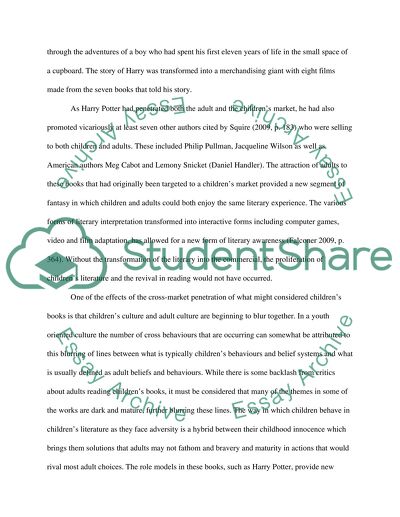Cite this document
(“Children's Literature Essay Example | Topics and Well Written Essays - 1500 words - 2”, n.d.)
Children's Literature Essay Example | Topics and Well Written Essays - 1500 words - 2. Retrieved from https://studentshare.org/literature/1473754-children-s-literature
Children's Literature Essay Example | Topics and Well Written Essays - 1500 words - 2. Retrieved from https://studentshare.org/literature/1473754-children-s-literature
(Children'S Literature Essay Example | Topics and Well Written Essays - 1500 Words - 2)
Children'S Literature Essay Example | Topics and Well Written Essays - 1500 Words - 2. https://studentshare.org/literature/1473754-children-s-literature.
Children'S Literature Essay Example | Topics and Well Written Essays - 1500 Words - 2. https://studentshare.org/literature/1473754-children-s-literature.
“Children'S Literature Essay Example | Topics and Well Written Essays - 1500 Words - 2”, n.d. https://studentshare.org/literature/1473754-children-s-literature.


